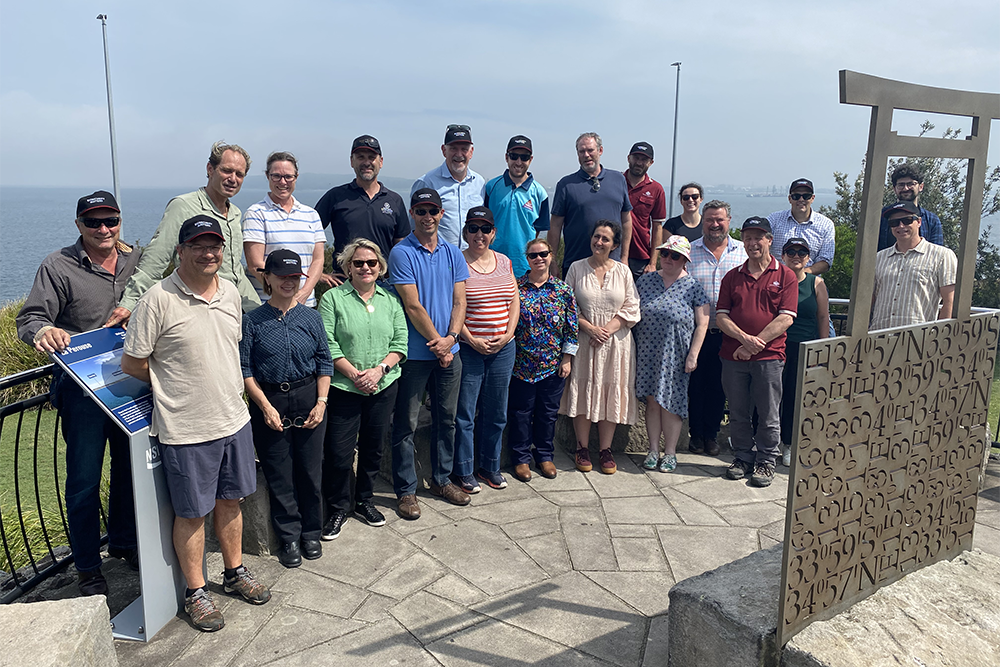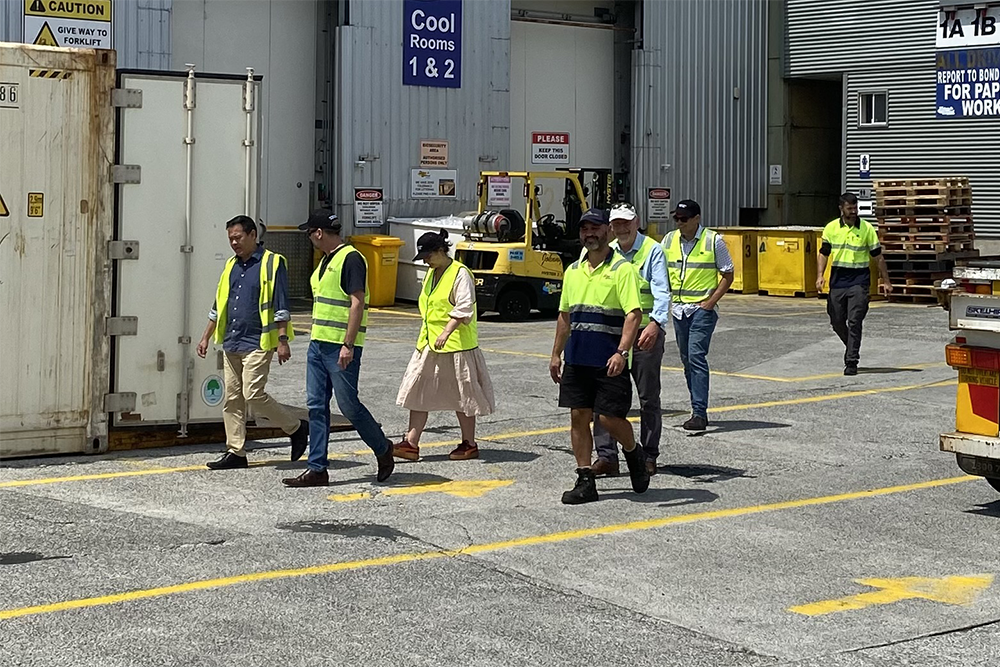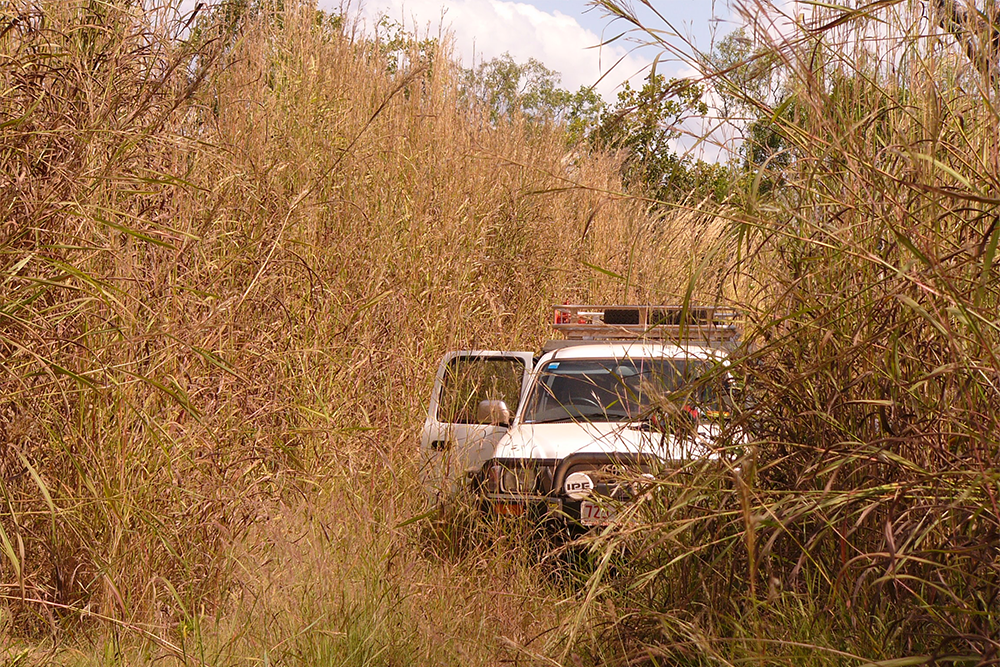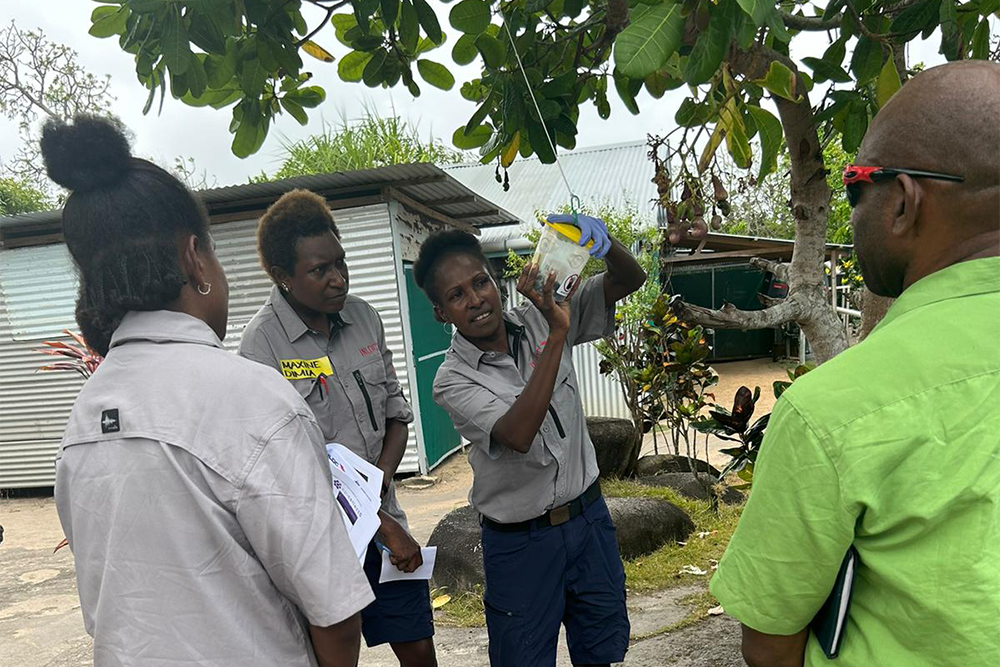In early December 2024, the 66th meeting of the Plant Health Committee—the peak government plant biosecurity policy and decision-making forum—took place in Canberra followed by a Border/Near Border workshop and field trip to Port Kembla (in Wollongong) and Sydney.
The workshop and field trip successfully enabled collaboration, information sharing and discussion about how to enhance surveillance and response activities for border and near border (post-biosecurity) detections of hitchhiker pests, such as brown marmorated stink bug (BMSB), khapra beetle and others.
Discussions were held on the roles and responsibilities for pest surveillance and response, both at the border (when the pest/associated goods are still under Commonwealth biosecurity control) and near the border (when the detection occurs outside Commonwealth biosecurity control or there is a chance the pest may have escaped into the environment). This included understanding the jurisdictional roles and responsibilities of both the Department of Agriculture, Fisheries and Forestry (DAFF) and states/territories — and how these fit together.
Various examples of border and near border responses and detections were discussed to unpack some of the complexities and key areas for improvement. Workshop outcomes included several actions to ensure cohesion and efficiency of surveillance and response activities for border and near border detections of hitchhiker pests.
The field trip featured a visit to Port Kembla to see the operations of the Australian Amalgamated Terminals Port Kembla Terminal. The Plant Health Committee spoke with facility staff about the impact of BMSB, weed seeds and other pests on the port’s operations.
DAFF’s operational staff also discussed their biosecurity activities at the port, including the response to BMSB detections during 2023-24. The Plant Health Committee viewed a trial cross vane panel trap containing a BMSB lure installed at the site.
Next the group visited an Approved Arrangement container freight station in Banksmeadow (in Sydney), featuring biosecurity treatment facilities including cold storage, wash bays, fumigation, and heat treatment areas. The group also drove past the Port Botany port precinct to view the container park and see the complexities of the port.
The events were attended by jurisdictional Chief Plant Health Managers as members of the Plant Health Committee, the Australian Chief Plant Protection Officer Dr Gabrielle Vivian-Smith, jurisdictional operational staff, and staff from DAFF’s Plant Protection and Environmental Biosecurity Division, Biosecurity Operations Division, Compliance and Enforcement Division, Biosecurity Plant and Science Services Division, and Biosecurity Strategy and Reform Division.
A big “thank you” goes to DAFF’s biosecurity operations staff, workshop participants, and port staff at Port Kembla and in Sydney for their time hosting the group and for sharing their expertise on the day.

(Front left-right) Vincent Lanoiselet (WA CPHM), Gabrielle Vivian-Smith (DAFF, ACPPO), Suzy Perry (QLD), Stephen Dibley (VIC), Susie Collins (DAFF), Charlotte Greer (QLD), Rosa Crnov (VIC CPHM), Lana Russell (VIC), Jason Haffenden (QLD), Andrew Tomkins (DAFF), Odette Reid (DAFF), Andrew Coghill (DAFF)
Image credit: Louise Rossiter (NSW).





